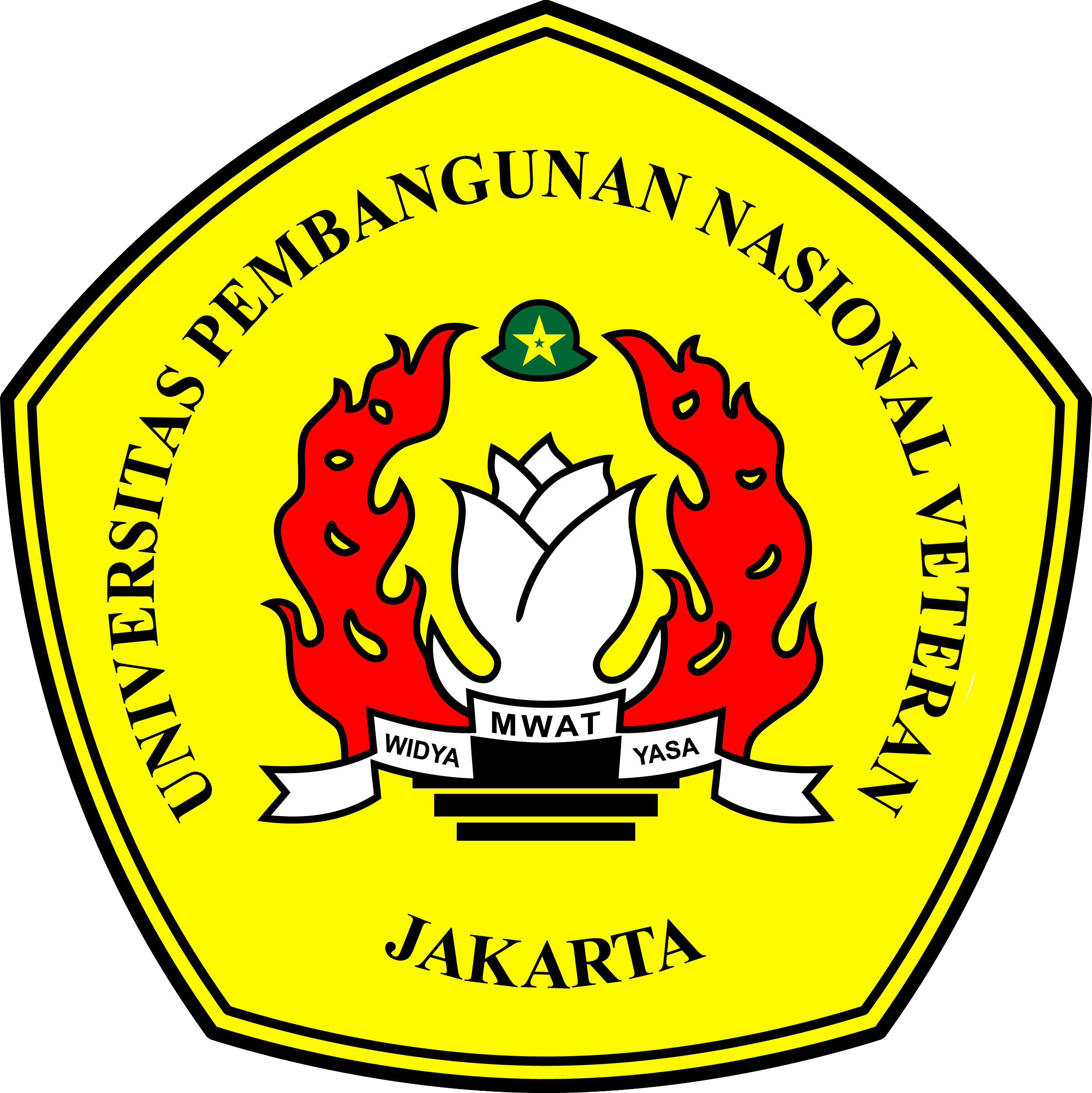
Lecturers, Know What the Coverage of Community Service – Lecturer Workload Report is an activity of higher education tridharma carried out by lecturers. Therefore, the workload of lecturers must be distributed proportionally and measurably in all areas of higher education tridharma activities. And the task of doing community service and supporting tasks is at least equivalent to 3 (three) credits. So what is the scope of community service and its scope?
Community Service Scope is an activity that is oriented towards community service and the application of technology and art science, especially in solving community problems and advancing the welfare of the nation. This is reaffirmed in the Regulation of the Minister of Education and Culture of the Republic of Indonesia Number 49 of 2014 concerning National Higher Education Standards (SN DIKTI).
Then it was strengthened again through the Regulation of the Minister of Research, Technology and Higher Education Number 44 of 2015 concerning National Higher Education Standards, in Chapter I of the General Provisions in article 1 it is stated that the National Higher Education Standards are standard units which include the National Education Standards, plus the National Research Standards. , and the National Standard of Community Service.
Community Service to Fulfill National Standards
In an effort to direct universities to meet the National Higher Education Standards (SN DIKTI), especially in the implementation of Community Service Dharma, each university is expected to be able to manage Community Service activities that meet the standards.
8 Community Service Standards in Higher Education
- Standard results of community service, namely the minimum criteria for the results of community service in applying, practicing, and cultivating science and technology in order to advance general welfare and the intellectual life of the nation.
- Standard content of community service, which is the minimum criterion regarding the depth and breadth of community service material.
- Community service process standards, namely the minimum criteria for community service activities which consist of planning, implementing, and reporting activities.
- Community service assessment standards, which are the minimum criteria for assessing the process and results of community service.
- The standard for implementing community service, which is the minimum criterion for the ability of the executor to carry out community service.
- Community service facilities and infrastructure standards are the minimum criteria for the facilities and infrastructure needed to support the community service process in order to fulfill the results of community service.
- Community service management standards, namely the minimum criteria for planning, implementation, control, monitoring and evaluation, as well as reporting of community service activities.
- Funding standards and community service financing, namely the minimum criteria for sources and mechanisms of funding and community service financing.
Purpose of Community Service in Higher Education
- Carry out community service in accordance with Permenristekdikti No. 44 of 2015 concerning National Higher Education Standards;
- Developing community empowerment models;
- Increase community service capacity;
- Providing solutions based on academic studies of needs, challenges, or problems faced by society, either directly or indirectly;
- Carrying out activities capable of empowering people at all levels, economically, politically, socially and culturally; and
- Transferring technology, science and art to the community for the development of human dignity with gender justice and social inclusion and the preservation of natural resources.
According to the Directorate of Research and Community Service, the Directorate General of Strengthening Research and Development of the Ministry of Research, Technology and Higher Education directs Community Service activities in higher education to be carried out by following the standards and objectives above.
The application of Community Service Standards is expected to be a driving force for universities to be able to realize the excellence of Community Service programs in higher education, increase the competitiveness of universities in the field of Community Service; increase the number of lecturers’ participation in carrying out Community Service; and increase the capacity of Community Service management in Higher Education.
Community Service Performance Measurement
The National Community Service Standards will direct universities to carry out Community Service activities in accordance with the specified Standards. To be able to find out the extent to which a university implements and meets the National Higher Education Standards, especially in the field of Community Service.
So DRPM needs to measure the Community Service performance of each university. The results of this performance measurement will be able to provide an overview of the performance of Community Service in each university.
Institutional and Community Service Support Facilities Institutional data and service support facilities include two groups, namely the institution that handles community service management and the units that carry out this service.
The institutions that handle community service management in tertiary institutions can be in the form of Community Service Institutions (LPM), Research and Community Service Institutions (LPPM), or the like. The data that must be submitted includes evidence of a Decree (SK) on the establishment and feasibility of office space.
Community Service Support Facilities
Supporting facilities for community service include study / study centers, laboratories, studios, experimental fields or gardens, IPR centers, and research incubators. The existence of these supporting facilities is proven by a Decree of the Determination or Establishment of the unit concerned.
The supporting elements in budgeting must not be bigger than the main elements. Institutions must also focus on certain activities, for example LPPM must focus on community research and development activities, LPPMP must focus on quality assurance and education development activities and the faculty should focus on the tridharma of higher education.
Reference:
http://simlitabmas.ristekdikti.go.id/


